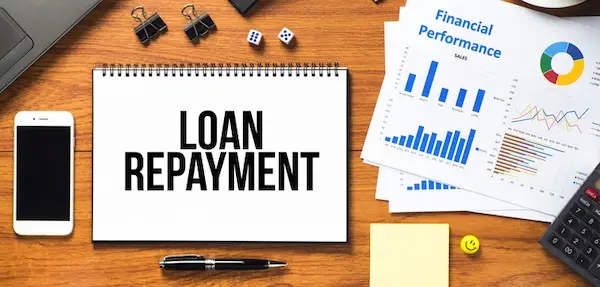No products in the cart.
- Home
- All Passive Income Methods
- Want to See How Much Other People Earned?
- Beginner’s Guide to Passive Income
- My Journey on Passive Income that 99% Population Don’t Hear About
- Litigation Financing – 30% ROI Anyone?
- IPO Under 90 Days!
- IPO Hopeful
- Unicorn Potential?
- An Enjoyable Hobby That Appreciates Too?
- Microlending in Africa
- How You Profit from Beyoncé and Bieber?
- Private Lending
- Tax Lien & Tax Deed in US
- You Can Still Get Bitcoin for $50K???
- A New Strategy with 40%–90% ROI in Year 1
- About Us
- Contact Us
Microlending 6 – Return and Term?
Continuing from the last post, Ruddy explained that lender returns depend on the lending amount. If you lend less than $10,000, your annualized return is 12%. For investments over $50,000, it jumps to 36%, and for those putting in over $1 million, it goes up to a whopping 39% 😂. Moreover, after keeping the money invested for 13 months, lenders can decide each month whether they want to continue investing or withdraw their money starting from the 14th month.
Later, when I talked to others, I learned about another option they offer—one that allegedly guarantees principal protection (how they guarantee it, only heaven knows, because I don’t believe it). In that case, the annual return is somewhere in the high teens.
With such high rate, it’s clear that this is essentially high-interest lending 😂. The borrowing interest rate is 8-12% per month, which annualizes to over 100%. That rate would definitely be illegal in North America, but apparently, it’s perfectly standard in Africa 🤦🏻♀️.
To be fair, though, the key factor is the small loan amounts. The annualized rate looks outrageous, but when each loan is only 30-50 dollars, even if it doubles, it’s just another 30-50 dollars. The monthly interest is only a few dollars, so when you think of it that way, it doesn’t seem so crazy 😂.
The real question is whether they can scale up. If they can, and the portfolio size becomes large enough, offering lenders annualized returns of 30-40% becomes very attractive.
According to Ruddy, volume isn’t an issue at all. They receive about 250,000 microloan applications daily, but can only approve around 1 million per month, which is roughly 10% of the total applications. Here’s how their growth has looked over the years:
- In 2019, they started with only a few dozen lenders and issued loans totaling $1.6M per month.
- By 2020, they had under 100 lenders issuing $2.4M monthly.
- By 2021, they had over 100 lenders issuing around $7.2M monthly.
- In 2022, lender numbers exceeded 200, and monthly loans grew to $17.5M.
- By 2023, they had over 400 lenders issuing $36.4M per month.
- As of early 2024, they now have almost 700 lenders and issue over $55M in loans each month.

I said, “I get it—the high returns and rapid growth explain why this is so appealing. But isn’t this just a case of killing the golden goose? Are these loans actually helping improve borrowers’ lives and creating a positive cycle, or are they just borrowing from one lender to pay another and sinking deeper into poverty?”
He responded, “Of course not! In fact, we also own a credit union locally. Microloans are just a stepping stone. Our goal is to help as many microloan users as possible ‘graduate’ to using our credit union!”
He elaborated that many of their borrowers started out with nothing when they first took out a microloan. With that initial startup capital, they were able to buy inventory and start running their businesses. After completing several cycles, they accumulated some savings and established good credit. At that point, they could “graduate” from the microloan program and transition to borrowing from the credit union, which offers larger loan amounts and lower interest rates, effectively integrating them into the formal banking system.
“For example, take someone who operates a motorcycle taxi. They might borrow $30 to buy fuel. After using that fuel to work for a month, they can repay the loan plus interest and still bring home $10-30 in profit. If they manage well, they’re genuinely making money. Over time, many of our borrowers have built solid credit and repayment histories and have now transitioned to our credit union, where they can access larger loans at lower rates.”
This is a true positive cycle!
I said, “I think I understand the borrower profile pretty well now. But what about the lenders? Where are they from?” Till next time!
